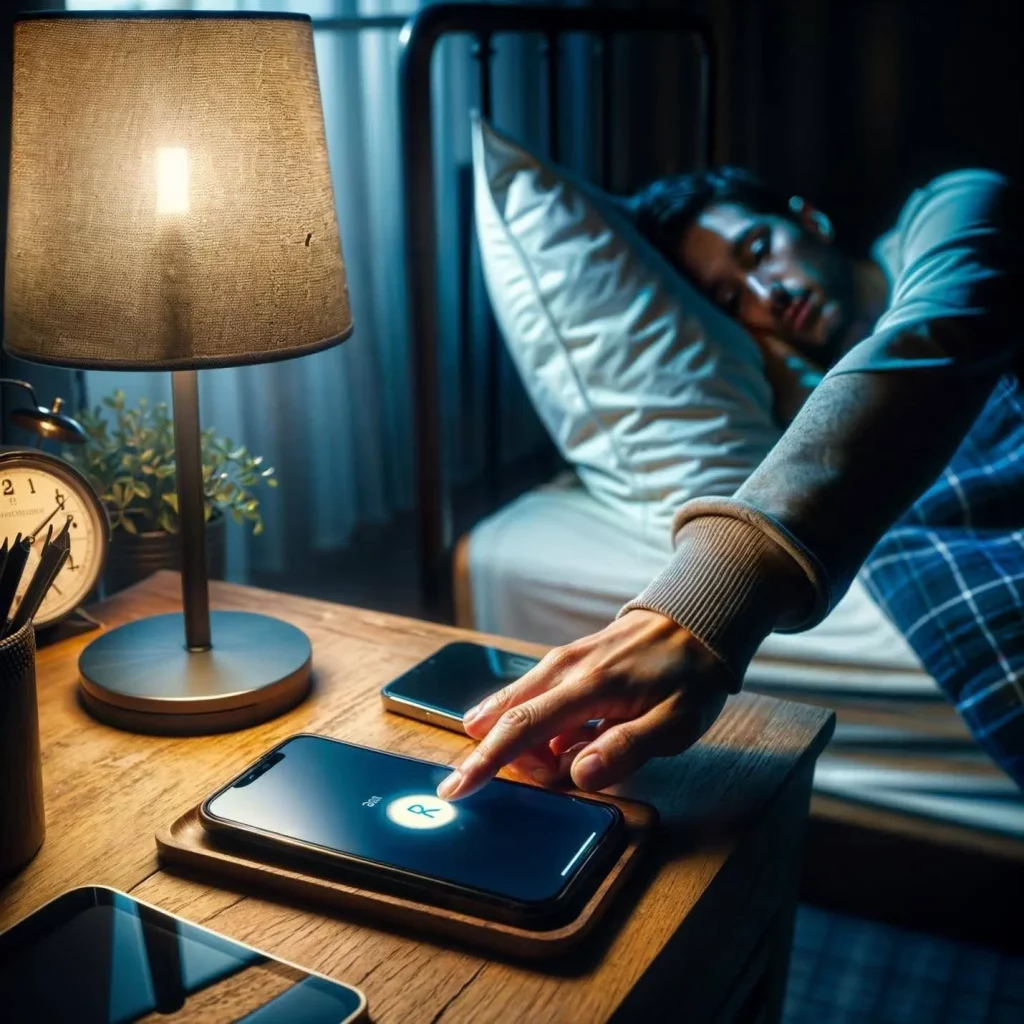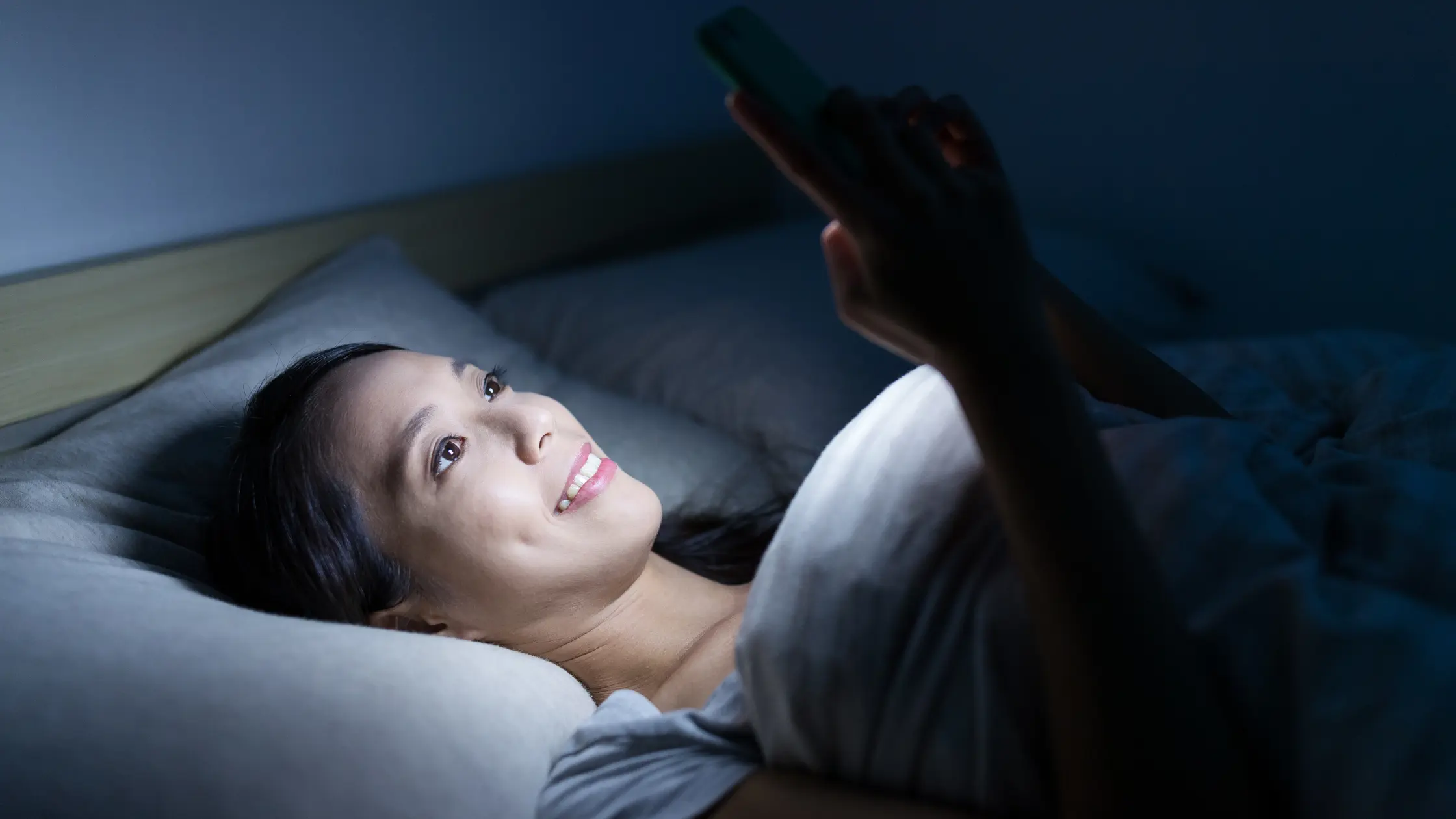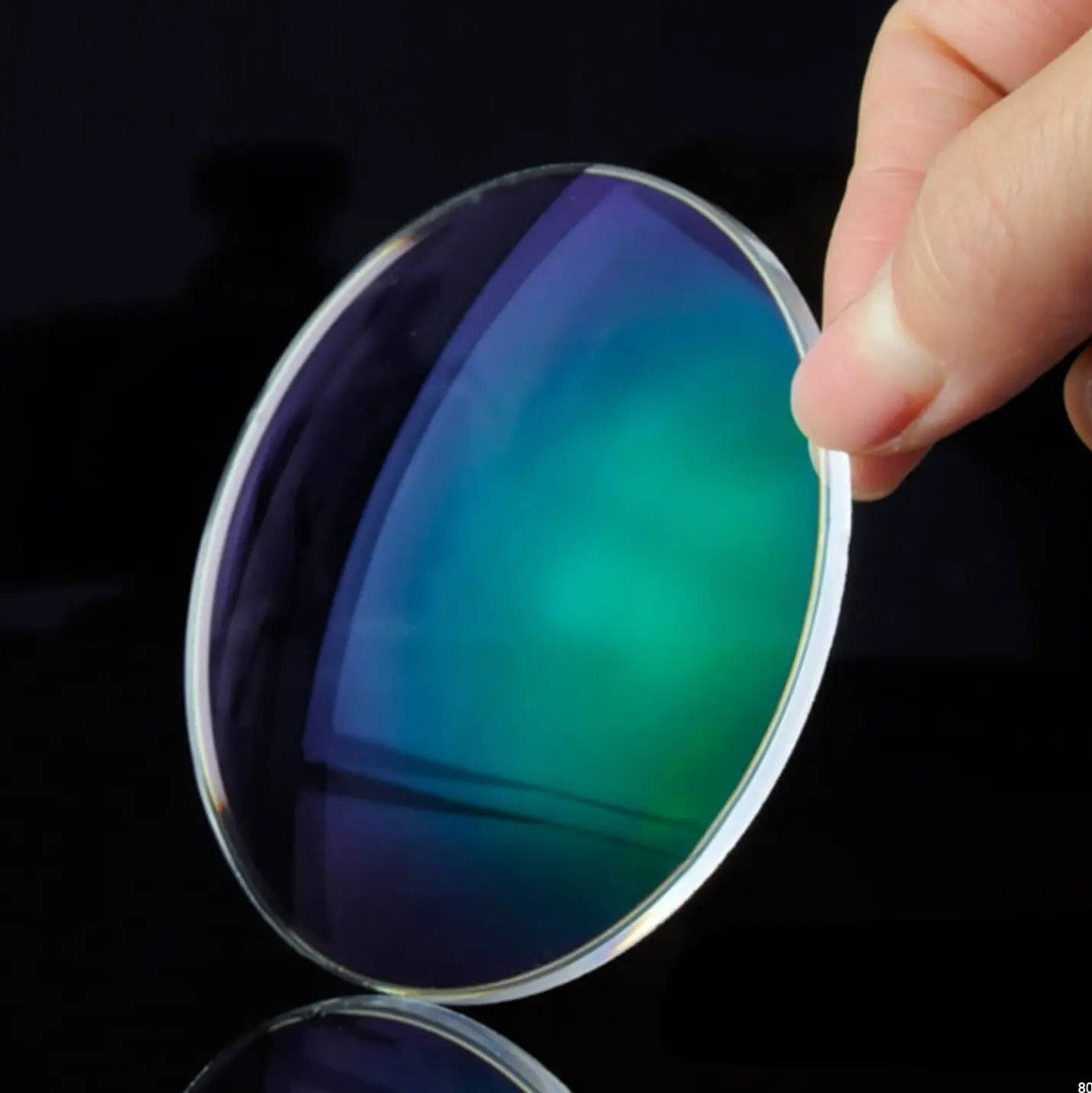
In our digital age, our daily lives are saturated with screens, from work to entertainment, exposing us to the omnipresent but invisible blue light. This component of sunlight, when concentrated from screens, can deeply affect our ocular health and overall well-being. “Unveiling Blue Light: A Balanced Approach to Protecting Your Vision” offers an in-depth exploration of this modern phenomenon, examining both the positive aspects and risks associated with blue light exposure. From its role in circadian rhythm regulation to the potential for visual fatigue and sleep disturbances, this blog aims to provide a balanced perspective, equipping you with the knowledge and tools to navigate a tech-saturated world while protecting your vision and promoting a healthy lifestyle.
Understanding Blue Light
Recognizing that blue light is part of the visible light spectrum perceivable by our eyes, with wavelengths approximately ranging from 380 to 475 nanometers, is crucial. Emitted by both natural sources like the sun and artificial ones like electronic devices and LEDs, blue light, while natural and necessary to an extent, can have detrimental effects such as visual fatigue, stress, and the early onset of Age-Related Macular Degeneration (AMD). This condition affects the macula’s cells in the eye’s back, highlighting the importance of protection. However, not all effects are negative. Blue-turquoise light plays a key role in regulating the biological clock, influencing sleep and wake cycles, body temperature, and cognitive processes. Its effect on the pupillary constriction reflex is vital for protecting the eyes from excess light, essential for accurate color perception and good visual acuity.
The increased use of electronic devices has significantly raised our exposure to more harmful blue-violet light for the retina, particularly at close distances, leading to potential circadian rhythm alterations due to its intensity, comparable to sunlight, affecting melatonin production and, consequently, sleep quality. To protect our eyes from blue light’s adverse effects, maintaining adequate, preferably natural, lighting during work, adopting a good posture, ensuring a proper minimum distance between our eyes and screens, taking regular breaks, and using screen filters to block part of the blue light are recommended to reduce visual fatigue and preserve ocular health in the long term.
Benefits of Blue Light
Often misunderstood as solely harmful, blue light serves essential functions for our health and well-being, positively affecting both our body and mind. It plays a crucial role in regulating our circadian cycle, the internal biological clock that dictates our sleep and wake patterns, keeping us alert and improving our cognitive performance during the day. It significantly impacts our mood, especially useful during winter months with limited natural light, to combat Seasonal Affective Disorder (SAD) using phototherapy. Besides, blue light plays a role in enhancing cognitive function, increasing attention, reaction speed, and memory performance, beneficial in educational and work settings for concentration and cognitive efficiency.
Practical examples include apps and devices designed to simulate daylight to help people wake up more naturally and phototherapy devices under medical guidance, offering non-pharmacological solutions for SAD and enhancing overall well-being. Moderation and protection are key to managing blue light exposure, whose undeniable benefits, when appropriately used, can significantly improve our physical and mental health. The balance in exposure and using technology to support, rather than harm, our well-being is crucial.
Risks of Blue Light
While essential for health and well-being in adequate doses, blue light also poses significant risks when exposure exceeds recommended limits, especially from artificial sources like screens and electronic devices. These risks range from sleep disorders to potential long-term vision damage. Prolonged exposure to blue light, particularly through intensive screen use, can lead to digital visual fatigue, also known as computer vision syndrome, characterized by dry eyes, irritation, blurred vision, and headaches. This phenomenon, caused by blue light’s flickering more than other light types, reduces visual contrast and increases visual fatigue, affecting comfort, productivity, concentration, and efficiency in visually demanding tasks. Blue light interferes with melatonin production, essential for regulating sleep cycles, tricking the brain into thinking it’s still daytime, resulting in sleep difficulties and decreased rest quality. This misalignment can deeply affect overall well-being, increasing the risk of mental and physical health issues, such as obesity, heart diseases, and diabetes. Concerns exist within the scientific community regarding the potential long-term damage blue light could cause to the retina, suggesting excessive exposure might accelerate Age-Related Macular Degeneration (AMD), leading to significant vision loss. High-energy blue light can penetrate deep into the eye, damaging the retina’s photoreceptor cells, potentially resulting in permanent visual impairment.
While blue light is a vital component of our environment, recognizing and managing its risks is crucial to preserving both our ocular health and general well-being. Adopting a balanced and conscious approach to blue light exposure allows us to enjoy the benefits of modern technology without compromising our health.
Mitigation Strategies
To mitigate the negative effects of blue light on our ocular health and overall well-being, it’s crucial to adopt a series of strategies and practices. These not only help us minimize the risks associated with prolonged exposure to blue light but also promote a healthier and more sustainable lifestyle in our digital age. Here are some key strategies with concrete examples for daily implementation:
Use of Blue Light Filters and Special Glasses
One of the most direct measures to reduce blue light exposure is the use of blue light filters on digital devices and glasses with lenses that block or filter blue light. These technologies are designed to decrease the amount of blue light reaching our eyes without significantly altering the general color perception or screen visibility.
- Example: Apps like “f.lux” or the “Night Shift” setting on iOS devices automatically adjust the screen’s color and brightness according to the time of day, reducing blue light during nighttime hours to minimize its impact on the sleep cycle.
Visual Hygiene Practices
Adopting good visual hygiene practices is essential to prevent fatigue and eye strain. This includes taking regular breaks during device use, applying the 20-20-20 rule (every 20 minutes, look at something 20 feet away for at least 20 seconds), and ensuring you work in a well-lit environment to avoid straining your eyes.
- Tip: Organizing your workspace to have sufficient ambient light and reducing screen glare can help minimize the impact of blue light and improve visual comfort during prolonged periods of screen use.
Managing Exposure Before Sleep

Limiting blue light exposure before bedtime is crucial for maintaining sleep quality. This may involve avoiding electronic devices at least an hour before going to bed or using specific modes on devices that reduce blue light emission during nighttime hours.
- Action: Many modern devices now offer “Night” or “Warm Light” modes that adjust the screen’s color temperature to emit less blue light. Activating these features at night can help prevent sleep disturbances.
Adjustments in Work and Living Environment

Creating an environment conducive to ocular and general health may include adjustments in home and office lighting, preferring light sources that emit less blue light, or using lighting that can be adjusted according to the time of day.
- Example: Choosing “warm” light bulbs instead of “cool” ones for living areas and bedrooms can contribute to a more relaxing environment and less conducive to sleep cycle disturbances.
Implementing these strategies allows us to enjoy the benefits of technology and blue light while protecting ocular health and promoting overall well-being. The key lies in moderation, conscious use of technology, and adopting healthy habits to balance our exposure to blue light.
Conclusion
Throughout this journey into the complex spectrum of blue light, we’ve unraveled its dual effects on our ocular health and overall well-being. Blue light, omnipresent in both sunlight and digital screens, plays a crucial role in regulating our circadian cycle and psychological well-being, enhancing alertness, and combating conditions like seasonal affective disorder. However, its ubiquity in the digital era presents unprecedented challenges, particularly concerning digital visual fatigue, sleep disturbances, and potential long-term retinal damage.
We’ve examined how excessive blue light exposure, especially before bedtime, can inhibit melatonin production, disrupt our circadian rhythms, and compromise sleep quality. Additionally, the potential contribution to macular degeneration underscores the need for prudent management of our daily exposure to this light.
In facing these risks, adopting mitigation strategies emerges as an essential response. Implementing blue light filters on devices, wearing protective glasses, adjusting our work and rest environments, and practicing good visual hygiene are practical measures to safeguard our ocular health and improve our well-being.
Blue light, with its capacity to both enrich and challenge our health, invites us to seek balance. By adopting an informed and conscious approach, we can maximize its benefits while minimizing its risks, allowing us to navigate the digital era with our eyes wide open and protected. Ultimately, the key is moderation, awareness, and strategic adaptation to our luminous environment, ensuring that blue light serves our well-being, not our detriment.




